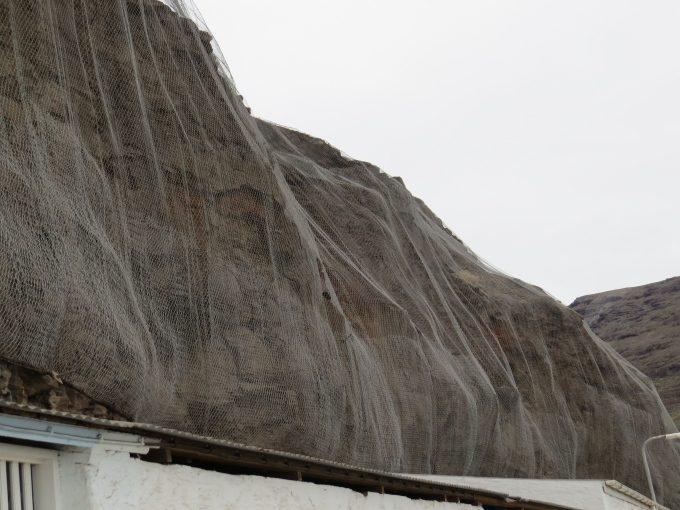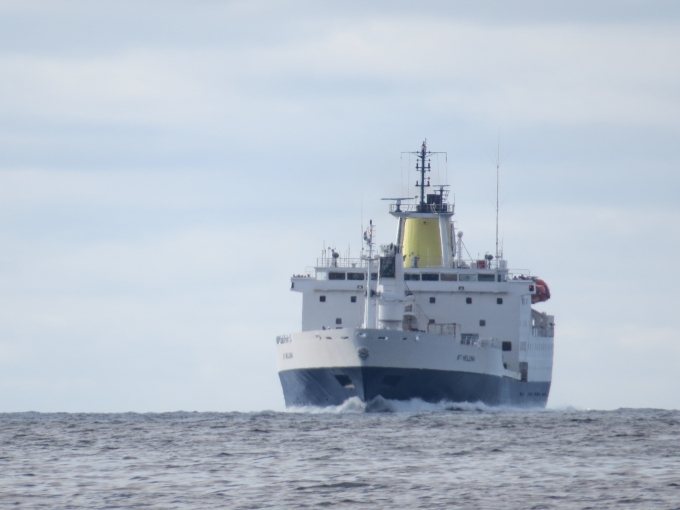St. Helena...Then and Now
/Gentry, our esteemed web mistress, suggested that we consider a blog on how St. Helena in 2007 compared to St. Helena now. It's an interesting question. Things change, although on St. Helena change comes more gradually than it does elsewhere. The first noticeable change, for a cruiser anyway, is the fact that there are moorings available for visiting yachts. The anchorage is very deep around the island, 65'+ (20 meters). Though anchoring is free, the peace of mind and ease of using a mooring for less than $4US/night was a positive change of which we were able to take advantage.
The cost of everything has risen dramatically, but so has it everywhere. Port landing fees for the boat and Immigration fees for us have increased by 60%. Considering the St. Helena pound exchange rate was $2.11:US$1 in 2007 and it was $1.45:US$1 in 2015, that's pretty steep. The ferry service doubled its rates and Internet remained expensive at 15 cents/minutes (US$). Diesel fuel, though we didn't need any, was about US$7/gallon.
Two noticeable changes met us as we exited the ferry. First, the rockfall-prone cliffs that rise abruptly from the sea and form the backdrop for the wharf, were now dressed in chain mail, a thick mesh fencing anchored into the cliffs, from top to the sea, to prevent damage due to falling rocks. We noticed this in several places throughout the island including the cliffs we scaled while climbing Jacob's Ladder.
The wharf had actually been expanded considerably and a new Customs/Immigration/Port Control building had been built at the head of the dock. It included a transit lounge for incoming RMS passengers, which of course, won't be necessary any longer.
The biggest upcoming change will be the official opening of the new airport slated for February 2016. This is the source of much controversy among the islanders, but it's inevitable now. One wonders if there will be an influx of tourists, how they'll be accommodated and what the impact will be on a tiny island. The cost of airfare hasn't been determined although one figure quoted was 500 StH pounds one way to/from Johannesburg on the once-weekly flight. No direct flights from Europe have yet to be scheduled.
Because of the new airport, the RMS St. Helena will cease operations in July 2016. This is a sad note for locals who considered the iconic mail ship a part of St. Helena's heritage.
Mobile phone service was to be launched within days of our departure. At 15 St.Helena cents (~ 23 cents U.S.) per minute, you've got to wonder how many people will be able to afford it although our friends were signing up as we left. Goodbye phone booths? We hardly remembered what they looked like anyway.
There were more subtle changes, too. Last time we visited, we could enter the tortoise paddock for up close views, but now this is prohibited. We were also able to walk right down into the valley to view Napoleon's tomb close up, but now we viewed it from above. A visiting American, it seems, slipped and fell on the grassy, sloped path down to the grave site and tried to sue the island for damages. Damn our litigious Yankee countrymen.
There's a new wind turbine farm out on the Deadwood Plains and we saw more wirebirds than last time. There are lots of conservation efforts like the Millennium Forest. There's a new Haul Road between Ruperts Bay and the airport and there's been a massive expansion of Ruperts Bay which will allow offloading of ship cargo at the docks there, rather than using the current lighters and barges in Jamestown.
So what hasn't changed? There are still no ATMs on the island and visitors must wait in long queues at the little St. Helena Bank to exchange money or withdraw funds. There are minimal tourist services available and credit cards are not accepted by most vendors. This will be a definite disadvantage for visitors.
The biggest non-changes? The charm and 19th century English village quaintness of Jamestown remains intact so far. And, of course, the warmth and hospitality of the Saints themselves never seems to diminish. We'd return to St. Helena in a New York minute.







